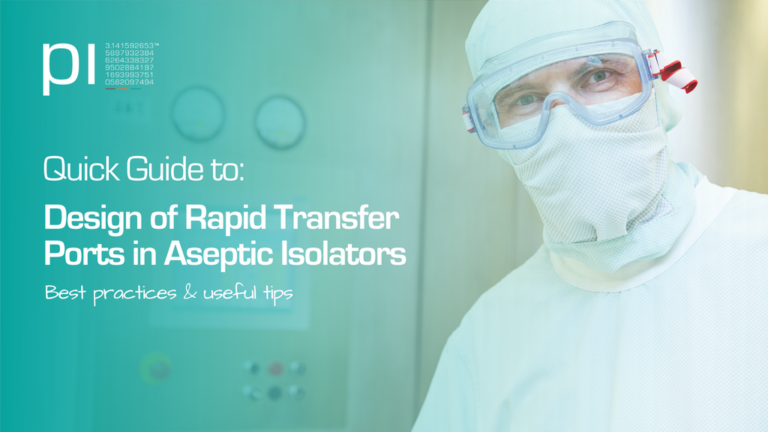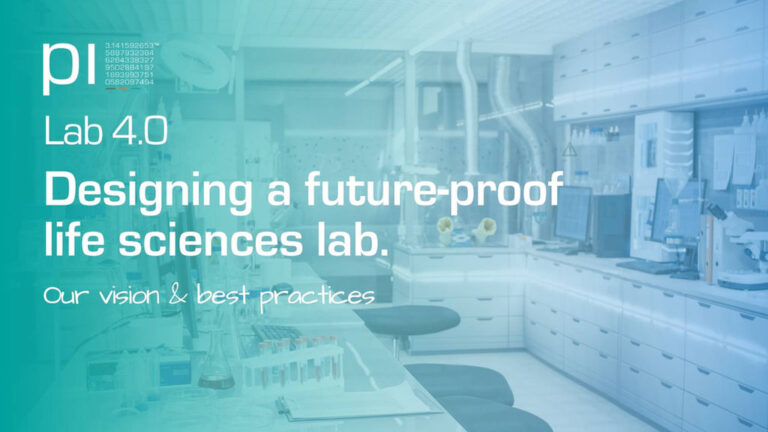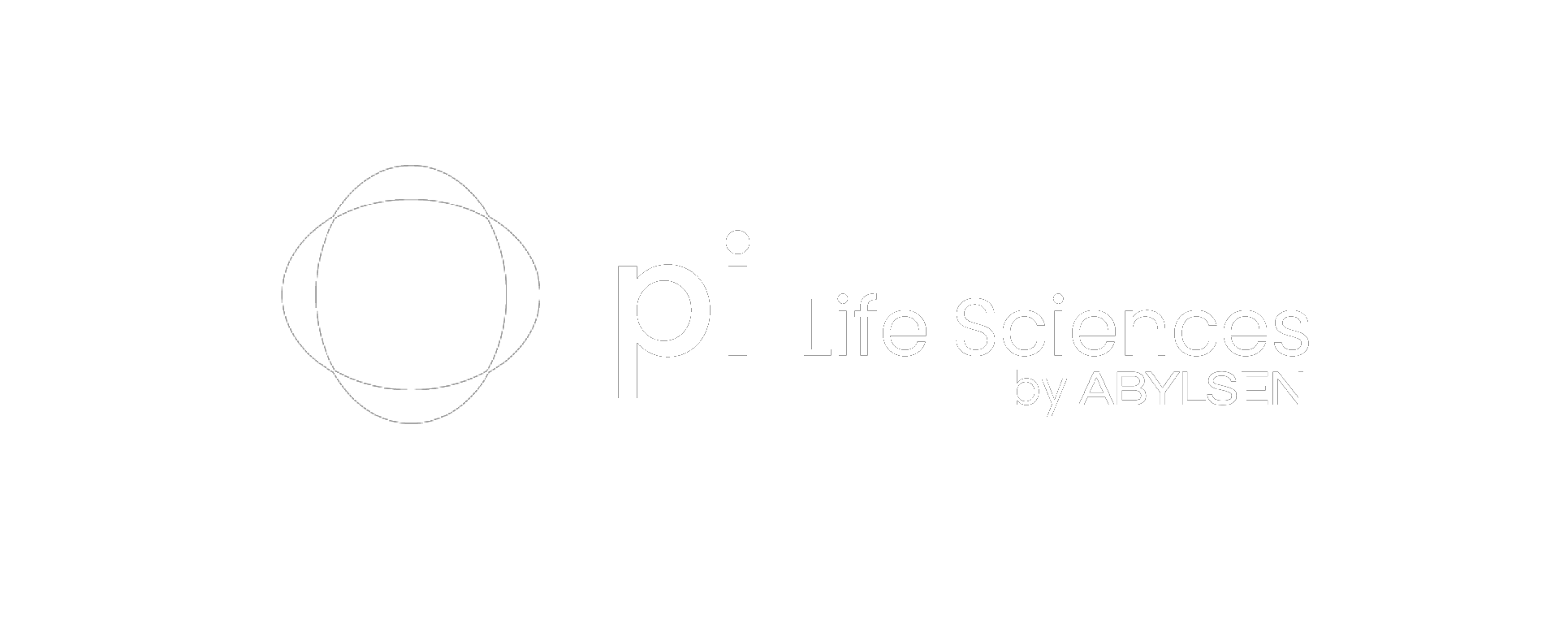To guarantee the quality of medicine, various measures are taken within the pharmaceutical industry. First, incoming goods are checked before they are used. During the subsequent production process, the following measures are taken: the production areas are set up following GMP standards, in-process controls are carried out during the production process, only validated equipment will be used, etc. After the entire production process, the batches are subjected to strict quality control.
Possible deviations from the process or questionable/OOS laboratory results are always closely examined and followed up. The final product is only released on the market when the QP, after verification of the different analysis results, gives certification of the batch. A watertight system one would think. However, it is still possible for a non-compliant product to make its way to the market despite the many measures we take to prevent it from doing so. When that happens, a pharmaceutical company needs a quality system that guarantees the follow-up and traceability of its products after they have been released. So how does a Product Recall System work?
General aspects
Following a product’s release to the market, there are several follow-up systems to monitor the pharmacovigilance of the medicines. Post-release product information can be received through external complaints but also internal measures like stability studies. Every complaint and every other kind of external and internal input should be documented and investigated and followed by the necessary risk-reducing actions that must be taken.
Appropriately trained and experienced personnel should be responsible for managing complaints and quality defect investigations. A product with a quality defect that slips through the net and enters the market may have major consequences: in the worst case, the product may cause illness, mistreatment, hospitalization, or even death.
These quality defects are called ‘significant’ quality defects. Some examples of significant quality defects are vaccines with microbiological contamination, mix-up of two products, metal particles in tablets, the wrong amount of API in the product, etc.
To limit the impact as much as possible and to limit the further distribution of the product, the pharmaceutical company must have a system in place that allows the products with a quality defect to be removed from the market quickly and efficiently: the so-called recall system.
During this process, which must be clearly described in a written procedure, the traceability of the involved batches must be guaranteed at all times. The marketing authorization holder of the product, the manufacturer, and the distributor of the product must function as one efficient team. The location of the involved product must be known: how many products are still in the warehouse and how many products have already been shipped; possibly all over the world? All customers of the different countries involved should be contacted with the request to return their products to the distributor as soon as possible.
Severity of defects
As provided in European legislation, significant-quality defects can be divided into three groups according to severity as a class:
-
Products that are potentially life-threatening or could cause a serious risk to health, e.g.: mix-up of two bulks, overdosing of the API of a product with a narrow therapeutic toxic margin, etc.;
-
Products that could cause illness or mistreatment but are not class 1, e.g.: missing leaflet, missing information on the packaging, microbial contamination in a non-sterile medicinal product, etc.;
-
Products may not pose a significant hazard to health, e.g.: missing batch number, little defect of the container closure system, etc.
The initiation period of the recall is defined:
-
within 24 hours for class 1 recalls;
-
within 72 hours for class 2 recalls;
-
within 5 days for class 3 recalls.
During this period, all customers need to be informed. And which competent authority needs to be informed in case of a recall? That depends on the type of registration of the product:
-
If the product has a central authorization, the EMA must be informed of a product recall.
-
If the product is not authorized under a centralized procedure, but under a decentralized procedure, a mutual recognition agreement, or a national procedure, all national competent authorities of the place of dispatch of the product must be informed of a product recall.
How does a product recall work?
Assessment
After receiving the internal or external input of a significant quality defect, the recall procedure should be initiated. The necessary departments in the pharmaceutical company meet and determine the classification of the recall and the approach to be followed.
Who is involved in a product recall?
All stakeholders ranging from pharmacists and doctors, veterinarians to wholesalers, distributors, and of course the patients. As mentioned the competent authorities must be informed within the legally defined period: 24h, 72h, or 5 days (depending on the classification of the recall) after recognizing the significant quality defect. All necessary product information must be made available like the name of the product(s), the involved batch(es), the problem that initiated the recall, contact information of the distributor, and so on.
What about the stock?
All available stock in the warehouse and returned products should be quarantined in a secure area so to prevent the goods from being put back into the sealable stock.
Investigation & Mitigation
During the procedure, an investigation is started to identify the root cause of the quality defect and to define possible corrective and preventive actions. After the investigation has been finalized, you determine how the defect will be mitigated. The products may either be:
-
Reworked if possible, e.g. if there is a wrong expiry date or lot number on the secondary packaging and not on the primary packaging of the product, a wrong label on primary packaging, missing leaflets, etc.;
-
Destroyed.
Reporting
Every action during this recall procedure should be documented according to Good Documentation Practices. A final report of the recall must be drawn up which gives information about the result of the reconciliation between the delivered and recovered quantities of the concerning products/batches, the investigation of the root cause, and the measurements that have been taken.
How do we ensure an effective Recall System?
To test the performance and fit for use of the recall process, mock recalls must be performed periodically; this i called a ‘Mock Recall’. During this exercise, the normal recall procedure is followed and all actions are taken as if it were a real case. After carrying out the mock recall, the process is evaluated and possible bottlenecks are identified, investigated, and improved.
The importance of a well-functioning recall system is crucial. After the release of a batch on the market, several quality defects of the product can be observed. If this happens, a pharmaceutical company must be armed to prevent the impact. Also, compliance with GMP, GDP, GLP, and GDocP requirements remains an important factor. The entire quality system must be such as to enable all products to be released on the market with a high level of quality. Prevention is better than finding a cure!
Blog by: Joyce Vanquickenborne







